Processing one million tonnes of sustainably harvested logs, Enniskillen-based Balcas is a major player in the timber and energy industry. Established in 1962, the company has grown to produce over 300,000m3 of sawn timber products for Irish and export marketsand has an annual turnover of £140m (€160m).
While sawn timber production has been the mainstay of the business, the production of pellets for the energy market, which began in 2004, has become a significant part of the operation. Balcas, now part of the Glennon Brothers group, employs 320 people on-site and indirectly supports another 300 jobs. The Irish Farmers Journal recently joined Ian business development director McCracken, production director Andrew Kidney and business development manager Colm Hatton, at their 80-acre site in Enniskillen, Northern Ireland, to learn about Balcas Energy, the energy division of the company.
Processing
Balcas is not only the largest sawmill in Ireland but also the only one capable of processing the entire log. All of the timber the company processes is sourced from Ireland, with approximately 30% bought from private landowners. For every tree Balcas uses, it ensures four more are planted.
The harvesting of trees is carried out by contractors, who transport the harvested logs to the sawmill where they first undergo bark removal. In terms of volume, roughly half of each log is transformed into sawn timber products such as posts, fencing, construction timber and pallet wood, while the other half is used to produce wood pellets, renewable electricity and heat.
The process of turning a log into a finished product is a challenging task, particularly when dealing with high volumes. Balcas uses a number of cutting-edge technologies to help manage this.
The large end, or butt, of the tree is the first part to enter the mill, where it is scanned using a butt reader. If the wrong end is detected, the reader identifies this and turns the tree around to ensure the correct orientation.
The mill is equipped with eight 3D scanners, which have been adapted from the automotive industry. These scanners scan the logs at 20mm intervals, capturing highly detailed 3D images of each log.
A computer optimiser then analyses the data and calculates the most profitable sawing options, considering the range of available timber cuts and their respective values.
Within just 900 milliseconds of taking the 3D scans, the optimisers generate the optimal sawing plan and transmit it to the bandsaws which then move into position.
The sawn timber is then sent to one of the 100 bins, which store the different lengths of timber before packing. Each lorry load of logs takes 10 to 11 minutes to process.
Blades
The blades in the bandsaws run for nine to 10 hours before needing to be sharpened, and their tips need to be replaced every 120-150 hours.
The plant has a dedicated workshop with seven full-time employees specifically responsible for saw sharpening and maintenance. The sawdust and woodchips produced during the sawing process are sent to a pile located outside the plant. This is either used for pelleting or in combined heat and power plants.
Power
In 2005, Balcas installed a combined heat and power (CHP) plant on site which is supplied with around 200,000t of bark, low-grade sawdust, woodchips and other materials each year as fuel for the furnace. The heat produced by the furnace is then used to heat water in the boiler, generating steam with a temperature of 380°C at 450 PSI. This steam is used in the turbine, to generate 2.8Mw of electricity and supply all the necessary heat for on-site usage.
Apart from operating four sawmills, Balcas also manages eight kilns that reduce the moisture content of the timber from 50% to under 20% in 3.5 to four days. These kilns require nearly 3MW of heat to operate effectively.
Pellets
Until 2004, the sawmill residue was sold without significant added value. However, it is now used to produce wood pellets for the energy sector. The Enniskillen site produces approximately 60,000t of 6mm pellets each year for Irish and export markets.
The production process involves refining sawdust and high-grade woodchip residues from the mill using a hammer mill. The refined material is then dried before undergoing further milling, mixing and compression in a pellet press to create wood pellets. These pellets are stored in silos on site and are ready for dispatch, either directly to trucks or transferred into 10kg bags. The pellets surpass the quality criteria specified by the EnPlus A1 scheme and are accredited by the wood fuel quality scheme.
Balcas’s second site in Invergordon, Scotland, produces approximately 140,000t of pellets. Combined, the output from both sites displaces over 100m litres of imported oil per year, resulting in carbon savings of more than 300,000t.
Security of supply
The Russia-Ukraine war had a major impact on the European pellet market. When the EU banned Russian imports, this led to a spike in demand for domestic supply of pellets. In the Irish and UK markets, around 50% is supplied by imports and 50% by local production. It is estimated that around 80% of imports were sourced from Russia, which has now largely come to a stop.
Fence posts
In 2012, Balcas developed a new treatment method for posts, involving the drying and incising of posts with Tanneth E treatment, an environmentally friendly preservative. The company introduced the new product, called Permapost, which came with a 15-year guarantee. The demand for Permapost continues to rise due to the ban on creosote in the Republic of Ireland.

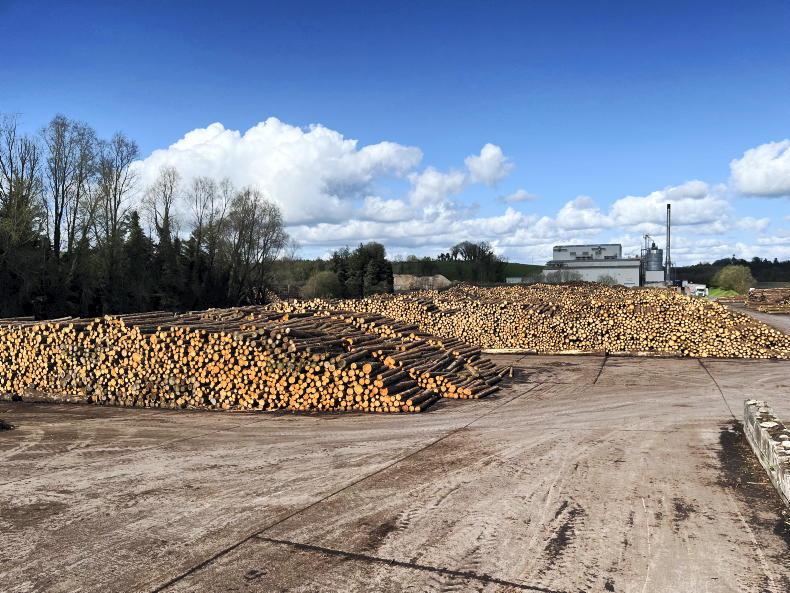




 This is a subscriber-only article
This is a subscriber-only article






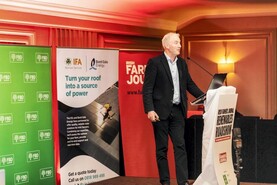

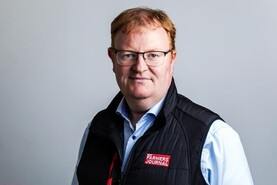
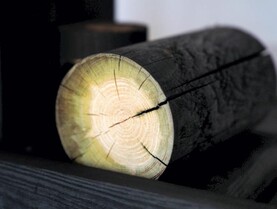
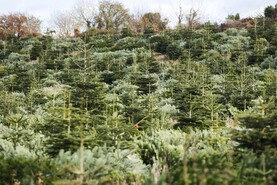
SHARING OPTIONS: